Tag: vasopressors

Fluid Personalization and Vasopressor Decisions in Early Sepsis Management
In this randomized vignette survey study of US critical care clinicians, we found that fluid volume already received was associated with the largest changes in decisions to administer additional fluids or initiate vasopressors... read more
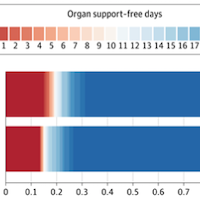
Intravenous Vitamin C for COVID-19 Patients
In hospitalized patients with COVID-19, vitamin C had low probability of improving the primary composite outcome of organ support–free days and hospital survival. Enrollment was terminated after statistical triggers... read more

A Global Perspective on AKI After Major Surgery
Acute kidney injury (AKI) is an abrupt decline in kidney function occurring within hours or days. In patients having surgery, postoperative AKI is a major complication associated with adverse outcomes including mortality.... read more
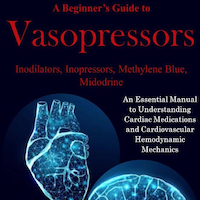
A Beginner’s Guide to Vasopressors: Inodilators, Inopressors, Methylene Blue, Midodrine: An Essential Manual to Understanding Cardiac Medications and Cardiovascular Hemodynamic Mechanics
The use of pressors and dilators are common in intensive care units, especially concerning the heart. With different mechanisms of action and titrations, it is essential to know how each of the drugs perform and the potential... read more
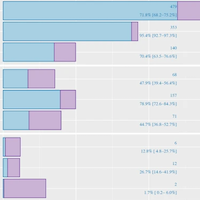
Epidemiology of Surgery Associated Acute Kidney Injury (EPIS-AKI)
In a comprehensive multinational study, approximately one in five patients develop PO-AKI after major surgery. Increasing severity of PO-AKI is associated with a progressive increase in adverse outcomes. Our findings indicate... read more

Tracheal Intubation of Critically Ill Adults: Video vs. Direct Laryngoscopy
Successful intubation on the first attempt occurred in 600 out of 705 patients (85.1%) in the video-laryngoscope group and 504 out of 712 (70.8%) in the direct-laryngoscope group (ARR, 14.3%; 95% CI, 9.9 to 18.7; p... read more

Novel Vasopressor Agent Adoption in Critically Ill Adults
This study aimed to investigate the utilisation of ATII in critically ill adults undergoing vasopressor therapy. The study included patients admitted to ICUs from January 1, 2018, to December 31, 2020, who received intravenous... read more
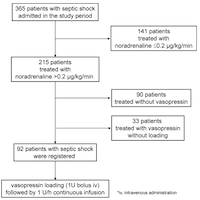
The Vasopressin Loading for Refractory Septic Shock Study
Vasopressin loading may be safely introduced for septic shock. Vasopressin loading may be used to predict responses to its continuous infusion and select appropriate strategies to increase blood pressure. 92 patients were... read more
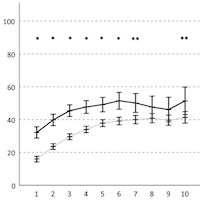
Nasotracheal vs. Orotracheal Intubation for Sedation in Critically Ill Patients
Nasotracheal intubation (NTI) may be used for long term ventilation in critically ill patients. Although tracheostomy is often favored, NTI may exhibit potential benefits. Compared to orotracheal intubation (OTI), patients... read more

Optimal Fluid Therapy for Sepsis Management in Critically Ill Adults
For a study, researchers aimed to analyze the fluid treatment in septic critically ill adults. About 20% to 30% of patients were admitted to an ICU with sepsis. In sepsis patients, investigators observed intravenous fluid... read more

Fluid Therapy for Critically Ill Adults with Sepsis
Fluids are an important component of treating patients who are critically ill with sepsis. Although optimal fluid management in patients with sepsis remains uncertain, clinicians should consider the risks and benefits of... read more

Immediate Norepinephrine vs. Initial Fluid Loading
In endotoxemic shock, immediate start of norepinephrine significantly improved regional splanchnic and intestinal microcirculatory flows when compared with mandatory fixed-dose fluid loading preceding norepinephrine. Immediate... read more
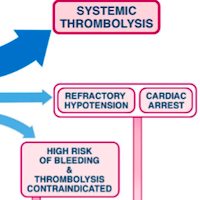
High-risk Pulmonary Embolism in the ICU
According to the European guidelines, high-risk pulmonary embolism (PE) is defined as PE associated with hemodynamic instability, including sustained hypotension, cardiogenic shock and/or cardiac arrest. High-risk PE... read more
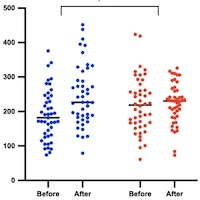
Methylene Blue Reduced Length of Stay in ICU
In patients with septic shock, methylene blue (MB) initiated within 24 h reduced time to vasopressor discontinuation and increased vasopressor-free days at 28 days. It also reduced length of stay in ICU and hospital without... read more




